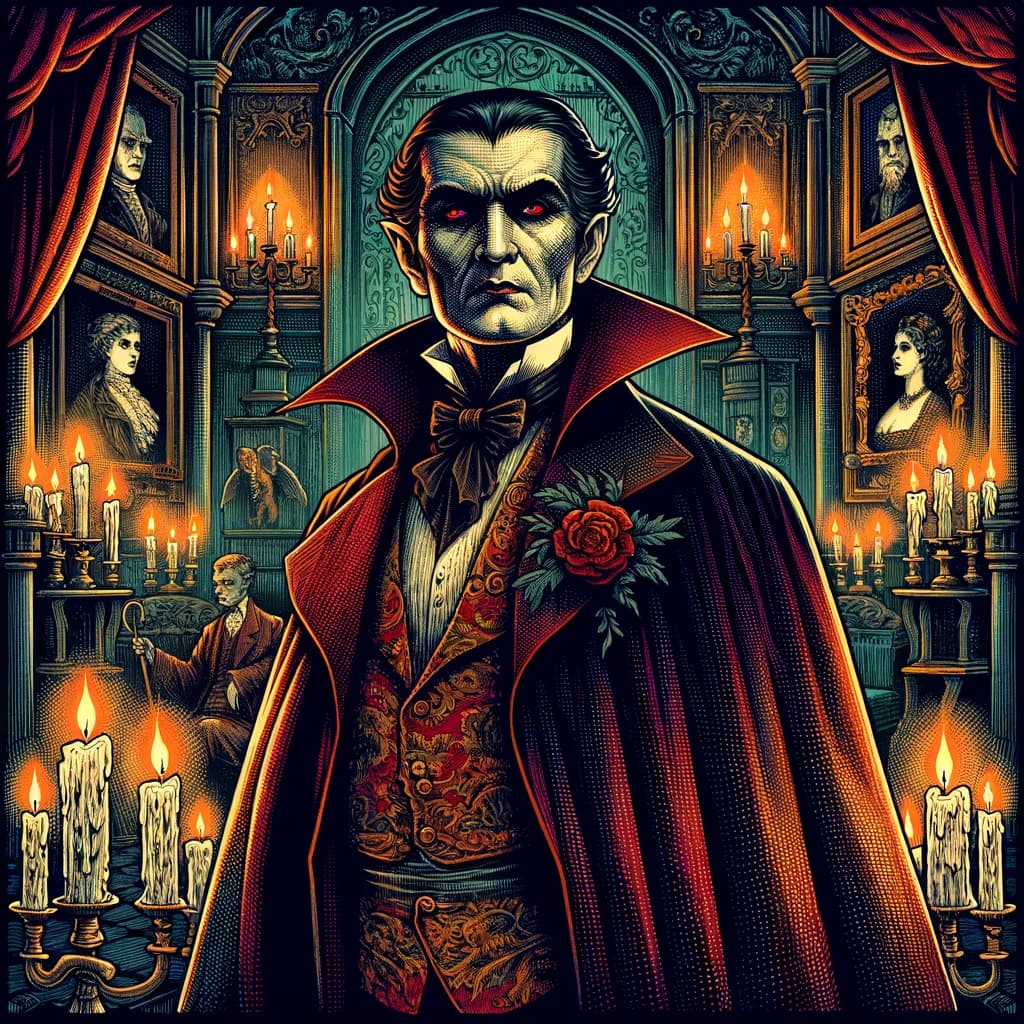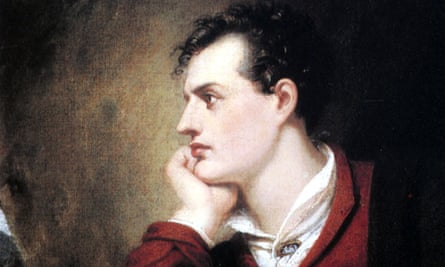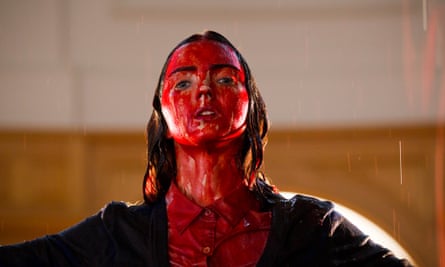
The top 10 vampire books
From the eternally enthralling tale of Dracula, to femmes fatales spooking in the name of feminine sexuality, horror author Lauren Owen selects her favourite vampiric tales
The vampire is naturally versatile: as a literary figure, it has taken on many forms, adapting for new generations and successfully making the jump into film, television, and comics. Modern readers can now find vampires in every conceivable genre, from paranormal romance to gritty horror, from contemporary humour to historical pastiche. But the vampire is also versatile in what it signifies. Dracula, of course, is the prime example – it can be read as a story of sexual transgression, invasion fears, resentment of women’s increased freedom, repressed homoeroticism – with many other interpretations besides.
As a device, vampires are almost dangerously flexible: readers and writers have more than enough rope to hang themselves. Amongst today’s huge array of literary vampires, it’s never been so easy to find exactly the vampire you want – and never so difficult to choose only 10.
1. The Vampyre by John William Polidori (1819)
The author of what is probably the first complete vampire story published in the UK, John William Polidori was the personal physician of Byron in 1816. Byron later served as inspiration for Polidori’s vampire (christened Ruthven after the Byron-analogue in Glenarvon, Lady Caroline Lamb’s roman à clef about her affair with the poet). The Vampyre was also based on an unfinished fragment written by Byron. The history of the story itself makes it a fascinating study in the vampiric aspects of literary influence and borrowings. Ruthven also marks the birth of a Byronic vampire archetype, which was to serve gothic writers well for the next two centuries.

2. La Morte Amoreuse (The Dead Woman in Love) by Théophile Gautier (1836)
The vampire’s bite doesn’t have to symbolise a sexual encounter – but when it does, it should be written like this. The narrator, Romuald, falls in love with an exquisite vampire courtesan, who lures him away from his priestly vows to a life of pleasure and extravagance. Clarimonde is one of the earliest – and most seductive – of the vampire femmes fatales, as well as one of the more affectionate.
3. Varney, the Vampyre by James Malcolm Rymer (1845-47)
Originally a “penny dreadful” – cheap serialised fiction – Varney was the first vampire novel published in the UK. Varney is a massive book, boasting over a thousand pages. Varney himself is something of an underdog: he rarely kills any of his victims and is usually exposed as a vampire before he can go through with his evil schemes. For those daunted by the novel’s size, the first chapter can be enjoyed on its own as a well-executed depiction of a vampire attack. The scene has everything: a stormy night, an old house, a sleeping innocent and a vampire tapping on the window with long fingernails. The weighty tome’s later highlights include a Frankenstein-esque scene where Varney is revived after a hanging, multiple scenes of Varney donning transparent disguises (including that of a monk), and a great deal of violence from the novel’s true villain – the unruly mob.
4. Carmilla by Sheridan le Fanu (1872)
One of the most accomplished vampire stories ever written, this novella also features one of fiction’s most sympathetic vampires. The vampire’s attack here becomes a long seduction; a romantic friendship that Laura, Carmilla’s intended victim, finds difficult to resist. Carmilla is one of the first vampires to argue for her right to exist, just like any other creature in nature. Her opponents are so obtuse and complacent that it is easy to hope that they fail to stop her.
5. La Ville-Vampire (Vampire City) by Paul Féval (1875)
Deliciously bizarre, funny and horrifying, this is one of three books that French author Paul Féval wrote about vampires. Now available as an English translation, it’s a fascinating read, following the gothic novelist Ann Radcliffe in her efforts to save her friends from a vampire. Féval’s vampires are some of the most grotesque in fiction, and take a number of outlandish forms – including that of a parrot.
6. The Fate of Madame Cabanel by Eliza Lynn Linton (1880)
A slight anomaly, as there’s no actual vampire involved. But this is a powerful study of intolerance and superstition: instead of supernatural villains, there are ordinary people turning on an outsider in a time of crisis. The fact that the events of the story could happen – and do happen, in different guise – gives this story its own kind of horror.
7. Dracula by Bram Stoker (1897)
The king-vampire still reigns, even though Dracula’s meaning has snowballed over a century of constant adaptations and reinterpretations. The novel is wonderfully overdetermined, packed with competing fears – and at the same time at the heart of the story is an empty space. Dracula, unlike the other characters, does not write down his own story. The reader is left to supply an interpretation, and it’s an invitation that’s difficult to resist.
8. The Blood of the Vampire by Florence Marryat (1897)
This novel was published the same year as Dracula and it is a fascinating experience to read both together. The story reflects contemporary fears about sexually-transmitted diseases and hereditarily-tainted blood, along with fin-de-siècle views on race and female sexuality. Sexual women are more sympathetically presented here than in Dracula, and excessive coldness is also criticised – one character almost loses her fiance because of her public undemonstrativeness. This novel also explores the trope of the reluctant, unwitting vampire, who is horrified when she discovers her own nature.

9. The Moth Diaries by Rachel Klein (2002)
Set at an exclusive girls’ boarding school, this novel is reminiscent of Henry James’s The Turn of the Screw. Part of the suspense comes from being trapped in the mind of the narrator, whose reliability is highly suspect. A cool, unsettling read, The Moth Diaries combines an original treatment of the vampire myth with classic features of the genre – adolescence and developing sexuality, loneliness, and private writing.
10. The Historian by Elizabeth Kostova (2005)
Vampire books often deal with the pleasures of reading and research – and from the 20th century onwards, one of the works most frequently referenced is Dracula. There is an element of competitiveness which often creeps into some post-Dracula Draculas – undue emphasis spent on claiming a new insight into the vampire and mythos – but Kostova pays homage to Dracula, while providing a fresh interpretation of the myth. What she achieves is an intriguing, intelligent consideration of both Stoker’s story and the historical Dracula.
Lauren Owen is the debut author of horror novel The Quick.

No comments:
Post a Comment